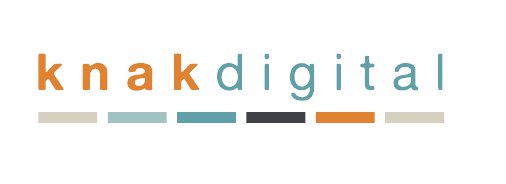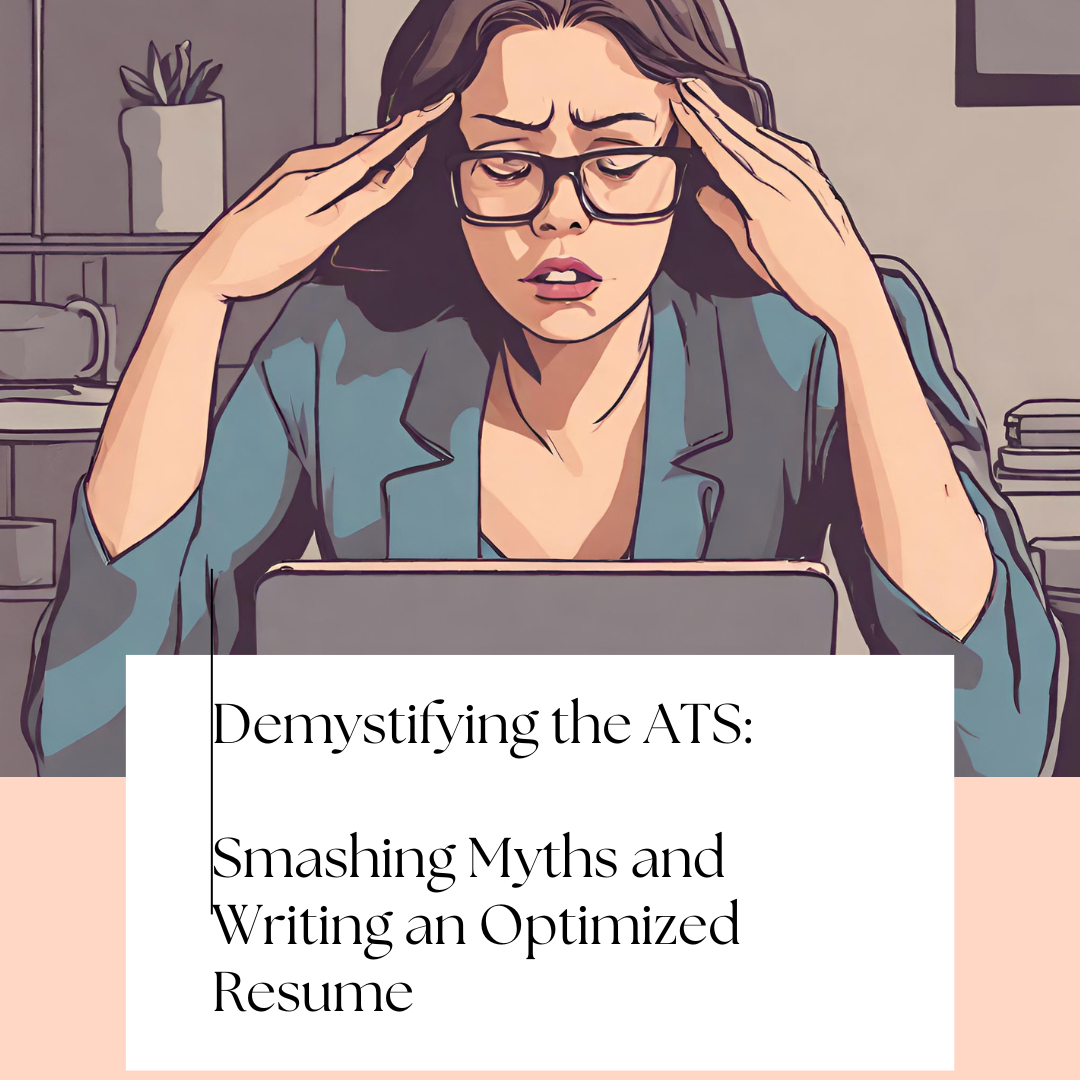In the digital age of job applications, the advent of Applicant Tracking Systems (ATS) has sparked debates about the role of algorithms in resume screening. Many job seekers believe that optimizing their resumes with specific keywords can help them outsmart these algorithms, leading to better visibility and job opportunities. A few weeks ago, I had an exchange with several marketers in a community forum who had strongly expressed the following:
- “There are algorithms that filter resumes.”
- “Hire a writer to optimize your resume with the keywords for the specific jobs you’re looking for to fool the bots.”
- “I do know there are algorithms based on the research I’ve done.”
The “Beating the ATS” Conundrum
Some assert that there are algorithms or keyword ranking systems that filter resumes, acting as gatekeepers in the hiring process. Or this idea that the vetting process starts with the ATS first, which is screening, matching, and prioritizing resumes by keyword.
Before I dive into the nuances of the ATS, let me briefly discuss the primary function of an ATS. Think of it as a centralized software system to manage the hiring and recruitment process. This is not just limited to receiving applications from job postings. Other functionalities of the entire workflow can include:
- Communication with applicants through email, text message, and phone. The ATS can be a centralized system that all users can refer back to for prior history and activity.
- Communication with other internal members of the hiring team.
- Active Candidate tracking that includes interview scheduling, recording interview notes from the interview team, and sending out offer letters
- Pipelining and organizing applicants for future opportunities for the company.
- Analytics and reporting: Tracks metrics like time to hire, cost per hire, source of hire, offer acceptance rate, etc
- Compliance management: Helps businesses adhere to legal regulations, like EEO and OFCCP
- Integration with other tools, from social media platforms (like LinkedIn), productivity, and sales apps.
Amy Miller just dropped a 4 part YouTube series discussing this topic. You can find it here.
Unveiling the ATS Mystery
The enigma of the ATS is that not all systems have the same search and match offerings, but more importantly, not every company configures or actively uses their ATS systems (and features) the same. Other applicant screening and matching features may include:
- Keyword ranking
- AI and chatbots
- DEI tools
Connor Libutti, the corporate recruiter for Stand Together, crowdsourced a list from fellow recruiters of ATS systems that automatically screened and shortlisted resumes. The post went on for ATS systems that didn’t even offer automated resume screening, from Greenhouse, eRecruit, Lever, ICiMS, Brassring, Taleo, rws, Hire, Bullhorn, Workday. A few admitted that some can rank top fit, like Jobscore, or include a knockout question. The consensus? None of the ATS systems are automatically rejecting an applicant based on content.
Recruiter Insights
Drawing on my experience working with ATS systems like Jobvite and Greenhouse Software, here are a few valuable insights:
- Resume Parsing: When you upload your resume to the ATS, a parsing tool may aggregate your resume content into designated fields in the ATS system (name, email, job title, education, etc). When you hear of “ATS-Friendly” or “ATS-Compatible” marketing terms describing a resume, this could refer to whether your resume formatting will throw the system off from compositing that info. Text boxes, columns, and images could alter the data extraction. Regardless of how it parses, a recruiter has the option to review the doc or pdf as is (rather than the parsed version).
- Keyword Match Tool: Yes, some ATS systems have a keyword match tool as well as AI capabilities. However, these features are intentionally configured by TA/recruiting teams.
- Manual Keyword Searches: Recruiters can manually enter keywords to proactively seek out existing applicants in the system, demonstrating the flexibility of these tools.
- Recruiter Behavior: While some companies may heavily rely on ATS tools, it’s not a universal practice. Many recruiters review each application and resume individually, rather than relying solely on automated screening.
- Automated Pre-Screen questions: The company can set up automated pre-screening questions (aka Knock-Out questions) to filter out candidates who don’t meet the criteria or qualifications. For example:
- Have you been convicted of a felon?
- Are you authorized to work in the United States?
- Do you have a bachelor’s degree?
- Can you lift objects weighing up to 30 lbs?
- Keyword Checklist: Dispelling a common myth, recruiters don’t adhere to a checklist of keywords for greenlighting applicants. The emphasis is on keywords within the context of the resume.
- Resume Optimization: People selling their services often claim they will produce a resume specifically “written for the algorithm.” While the secret of this magical formula remains elusive, the emphasis remains on optimization like highlighting achievements and expertise, as these strategies will align with human readability.
Several months ago, I posted on this topic on LinkedIn and several internal talent acquisition/recruiters chimed in on how they screen applicants in their ATS systems.
Kristen Fife: “I look at every applicant – even if we have a couple of great candidates in interviews.”
Matt Hearnden, Recruiter at Activision: “Pretty much the only time I might not look at a CV is if the role needs to be based in a particular location (or locations) and someone who is outside those locations and needs relocation and immigration applies.”
Nitosha Meredith, RPO Talent Advisor at OneTen, “From my experience as a recruiter, the only way keywords are essential to your resume, is for Boolean searching on various job boards. I haven’t worked with an ATS that showed me which resume stood out the most. I have to literally review every applicant’s resume and work history to make sure skills are aligned with the role. “
Cassie Sturdevant, “I also *rarely* use key words when reviewing a resume. And when I say rare, I truly mean the rarest of instances. Our ATS doesn’t offer anything to make a candidate stand out, nor should it. I review all the applicants with my human eyeballs (there are no bots).”
Optimize for the Human
In the quest to understand and navigate the hearsay about an ATS system, I highly recommend initiating and engaging in conversations with users actively utilizing these tools daily–the recruiters.
My resume advice in the simplest form?
Effectively communicate your fit for the target job through your prior experience, skills, and abilities.
What are tactics you can implement to achieve this?
- Clean formatting. Visuals are unnecessary, especially subjective chart ratings. A photo on a resume isn’t standard in the United States and can set you up for discrimination, so I would encourage you to leave the headshots for social media.
- Go beyond tasks and include your unique results and achievements. Try to work metrics into the results to quantify results.
- Highlight your experience relevant to the job. You may need to cut content and elaborate on other skills & experience so the reader can’t miss it.
- Entwine the keywords into the entire resume, as opposed to a tireless, overwhelming list. The reader is looking for how, when, and what of the keyword.
I understand how the ATS has become the scapegoat for why a job seeker isn’t moving forward to an interview, as most people haven’t used a tool on the hiring end to discern what information is credible. The stress of a job search compounds this and we look for answers to explain the things we don’t have control of. Add the “beat the ATS’ false messaging that is promoted by fear mongers, and now we have demonized a software system as the reason for a stagnant, floundering job search.
A job search is hard, time-consuming, and frustrating, and reasons for why gains aren’t made is often a guessing game. If you are looking for answers, I’m strongly encouraging you to question anyone who is advising you the ATS is to blame. The beef is misplaced, as humans (recruiters, HR, hiring team) are designing and choosing the functionalities of these systems and most importantly–screening and reading the applications. “Beating the ATS” is communicating how you meet the needs of the job better than the other applicants.
- Update Your LinkedIn Visibility and Information: Quick tips to a Findable Profile
- Is Your Recruitment Strategy Leveraging the Power of Recruiters?
- Optimizing Job Searches: How UTMs and Data Analytics can Boost your Search
- Unlock the Offer: The Strategies 100 LinkedIn Users Applied to Land Interviews that Led to Offer
- Demystifying ATS: Smashing Myths and Writing an Optimized Resume

